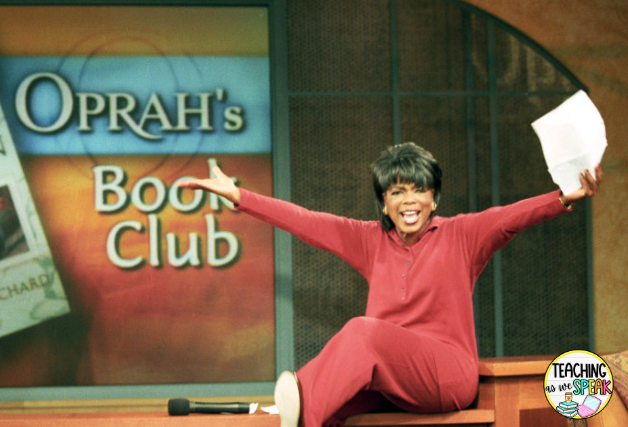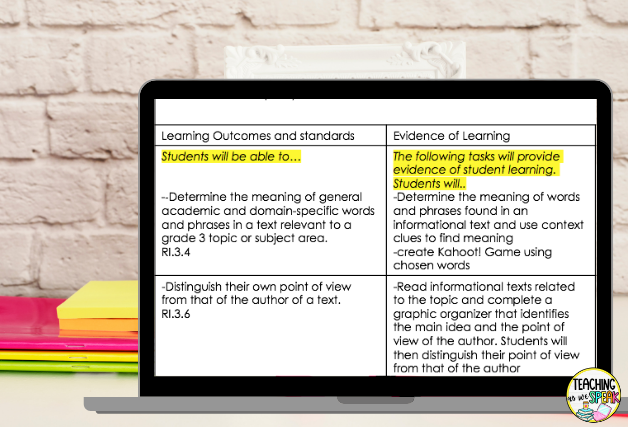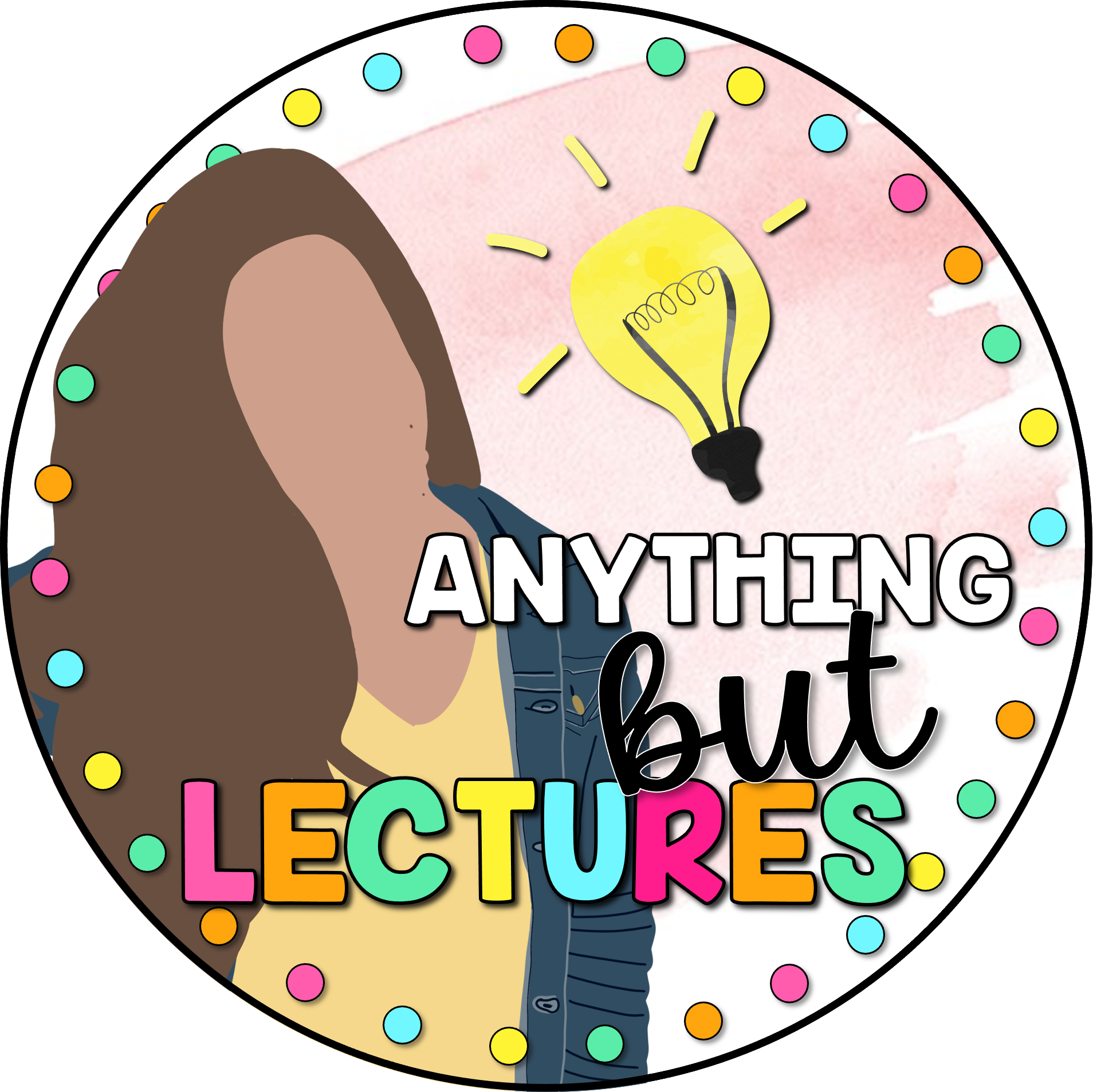When we think of myths, we think of princesses, dragons, and lessons that were learned the hard way. But what if there are myths that we have been told about the best way to teach?
I don’t know about you, but I went into teaching because I wanted to work in a school environment and teach students. While I had the drive, I needed to learn how to teach. Since deciding to go into teaching, I have been learning the best way to teach through professors, peers, my own mistakes, and social media. But what if I have been picking up on some ways of how NOT to teach?
Through my own experience and research, I have learned that there are better, more effective strategies that we could be using in the classroom but aren’t just because we don’t know about them.
Today I want to share with you 3 myths about the best way to teach. I am going to debunk these myths and show you how they can be done better.
Be sure to download my free “Roadmap to Curriculum Mapping Success!” by clicking here.
Myth about best way to teach #1
Planning around a novel rather than an idea or topic.
I have been guilty of this mistake too many times! You find a great novel you want to read with your students. So you decide to make this book your class’s latest novel study pick. Then you announce your latest book club pick by channeling your inner Oprah.

Then, for the next 4-6 weeks, every single thing you do in class revolves around this one book. I’m talking character descriptions, summaries, lit circles, book responses. By the end, your students know the book as well as the author (and probably never wish to hear the book’s title ever again!).
DO this instead….
You can still read that great novel with your students. But before you do, think about what the message or topic of that novel is. THAT should be the topic for your unit.
Choosing the topic of your unit is part of the curriculum mapping process I like to call “The Juice.”
“The Juice” consists of the unit topic, the essential questions, and the goal for the unit. I discuss this in further detail in my “Roadmap to curriculum mapping success”. Get it here!
Let’s think of the novel Wonder by RJ Palacio. The topic of this novel is accepting people’s differences and finding true friendships. This would be the topic of your entire unit. You would then think of essential questions that students will answer throughout the unit. For example, “what does it mean to be a true friend?” Check out my essential questions bank by clicking here.
The goal of the unit would be to have students find examples of true friendship and understand the difference between being nice and being a friend.
Once you have decided on these ingredients for “The Juice” of the unit, you could then start planning the rest of your unit. Check out my Roadmap to Curriculum Mapping Success” by clicking here.
This way, your activities will be focused on real, meaningful lessons, rather than learning about one specific book.
Myth about best way to teach #2
Planning activities and then selecting standards that fit
I can’t say for sure that this is something that we are taught to do, but I can’t recall ever being told NOT to do this.
I often thought of teaching standards as an afterthought; something I plugged in after I planned activities. I always thought of my teaching ideas first, and then would go down the list of standards that could fit each activity after.
DON’T DO THIS!
INSTEAD…
Decide on the teaching standards for each teaching unit first!
Once you have selected each unit’s topic, essential questions, and a big idea, divide ALL of your teaching standards into each of the units.
Only then can you start creating your instruction and activities.
If you decide on the standards first, you will realize it is actually a lot easier to plan the activities and lessons. It’s easier because you can create tasks that are almost identical to the standard.
This is called alignment to the standard. You can read more about this in my recent blog post by clicking here.

Myth about best way to teach #3
Creating assessment rubrics on what students CANNOT do
Think about it, if your students had known what they were missing, don’t you think they would have included it? Giving your students a rubric that is filled with their shortcomings is not going to inspire a lot of change. Your students will only see all of the things they didn’t do.
Stop doing that!
Instead, include words such as “You did…” , “You have included, etc…”
Now, I know what you’re thinking….
“But Jennifer, how will they know how they can do better next time if you are simply praising them?”
They will know by checking out the rest of the rubric.
Let’s say, for example, Suzie gets a ⅗ when it comes to her ideas. How will she know how she can improve? She’s going to read the ⅘ and the ⅘ boxes for “Ideas”.
How will she know how to do that? Because you’re going to teach how to use read and use a rubric properly! That’s how!

Students need to be shown how to really look at their work and their grading to see what they have done well, and how they can do better. This should be done by you modeling this behavior, and modeling it often!
Final Thoughts….
I hope some of these words resonated with you. I hope you’ve heard these myths spoken before. And I hope you can see that there are more impactful ways to plan, teach and evaluate students.
Please comment below and let me know which point resonated with you the most!
PS-Don’t you dare leave this page without getting your free “Roadmap to Curriculum Mapping Success!”. I made it just for you!





2 thoughts on “3 myths about the best way to teach and how to do it better”